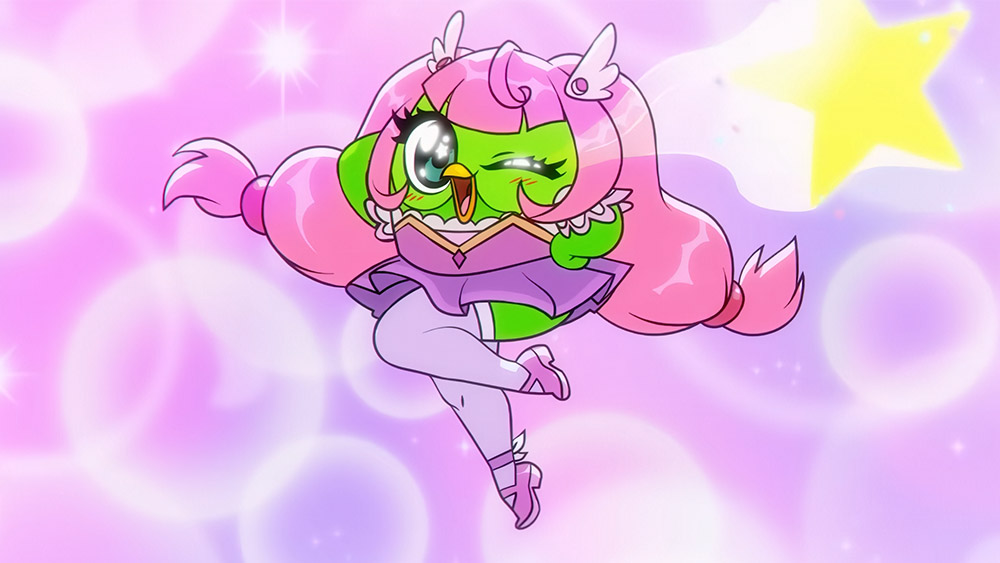User interface design principles: 12 pro tips
Great UI design is the key to success - but achieving in practice isn't easy. Follow our expert tips to help you on your way.
As its name implies, great user interface (UI) design should revolve around the needs of the target user. That is why user interface design principles are so important.
All else is secondary, including the aesthetic - although in many cases form goes hand-in-hand with function.
But while the concept of good UI design may be easy to get your head around, it's not so easy to achieve in practice. Here we gather together some expert tips from the cream of the design industry. Follow these and you won't go far wrong...
01. Intuitive is best
"A dialed-in creative navigation concept should be central to the UI design. Users want direction and flow, delivered intuitively instead of trying to figure it out for themselves," argues Andrew Kimmel. "Having said that, the ability to surprise a user can certainly be part of the experience and can pay off in user retention."
02. Know the end goal
"It depends on the objective of the interface you're designing," reasons Sarah Morris of LBi. "If an investor wants to find out financial information about a company, you must reduce the friction for them to reach that goal. For less task-driven interactions, it's definitely the objective to create something more innovative."
03. Smart, but not too smart
"Surprising the user is the job of the creative concept," believes Bernadette Smail of Grip Limited, "but the interface must be intuitive. It can surprise, but only in a positive way - maybe by being smart, and predicting input based on your previous likes and dislikes, or through things such as input error correction."
04. Reveal the bigger picture
"If you look out of a window onto a mountain view, you can imagine what's above, below and to the sides because you have a mental model of a mountain scene in your memory," proposes Gabor Vida of Teknision. "A UI is a window onto an unknown world: you have to help the user build a mental model of the parts they can't see."
Daily design news, reviews, how-tos and more, as picked by the editors.
05. Consider the context
Sarah Morris' three top tips for great UI design are simple: "Context, context, context," she smiles. "Understand what people want to achieve, but also where they will be and in what mode. Banking on the bus to the shops is not the same as banking on a desktop at work."
06. Deliver value
"Understand the value that a user is supposed to derive from the UI, and why that value is important to them," says Gabor Vida. "Start with a clear mental model that supports the value proposition, and find some early wins when a user can accomplish something. Design ways to get them there quickly, and reward them."
07. Back to basics
"Understand the user's primary needs and features, and scrape away the excess," is Andrew Kimmel's approach. "Be sure to size layouts to suit each corresponding device and platform as well: it's painful to have to recreate assets that weren't accounted for when the client adds a larger retina or tablet version of the project."
08. Reward your users
"It never pays to subvert the mental model, because the only thing holding it together is consistency across all views," advises Vida. "It does, however, pay to surprise a user if used as a reward for doing something right. Positive re-enforcement solidifies the model and serves to create a sense of affinity between interface and user."
09. Don't play hard to get
"It must never end up in a hunt for functionality," warns Bernadette Smail. "There are design patterns that have proven to work for us, and that we use over and over again until there is a better technical solution out there - or Facebook goes and changes its rules yet again."
10. Solve problems
"Don't strive to reinvent the wheel," says Gabor Vida. "If a user needs to pick items from a list, there are established ways to do it - checkboxes, for example. Don't invent something new just to be different: use an established method and move on. Creativity is about problem solving, not about being cool."
11. Stay focused
Tom Harding, designer at WeeWorld, believes that you can avoid losing focus on a project by asking yourself a series of questions related to the project. "Be it for the web, a kiosk, CMS, DVD or mobile, ask yourself: Who will use what you're creating once it's complete? What environment will they be in? What tool will they interact with and how will this affect the design? Most importantly, what information or experiences do they want to gain from interacting with your project?"
12. Further reading
- Fantastic examples of UI design
- User Experience Twitter accounts you should follow
- The most iconic user interfaces in movie history
This article originally appeared in Computer Arts magazine.
Liked this? Read these!
- How to build an app
- Download the best free fonts
- Free Photoshop brushes
- Create a perfect mood board with these pro tips
- The best Photoshop plugins
Were these tips useful? Let us know in the comments box below!

The Creative Bloq team is made up of a group of art and design enthusiasts, and has changed and evolved since Creative Bloq began back in 2012. The current website team consists of eight full-time members of staff: Editor Georgia Coggan, Deputy Editor Rosie Hilder, Ecommerce Editor Beren Neale, Senior News Editor Daniel Piper, Editor, Digital Art and 3D Ian Dean, Tech Reviews Editor Erlingur Einarsson, Ecommerce Writer Beth Nicholls and Staff Writer Natalie Fear, as well as a roster of freelancers from around the world. The ImagineFX magazine team also pitch in, ensuring that content from leading digital art publication ImagineFX is represented on Creative Bloq.
